Riparian and wetlands zones are key in the overall health of our environment. They can restore water quality, prevent flooding, control storm water runoff, filter water dissolved pollutants, help with re-vegetation, and help with other valuable environmental services.
This page will feature riparian and wetland vegetation you can grow on your own property, along with important facts and information that will make selecting (and growing) plants easier.
What is a Riparian Area?
Riparian essentially refers to anything that is located on the banks of a river (and other bodies of surface water).
Wetlands are the transitional areas between aquatic and upland habitats where the water table is at or near the soil surface, saturating the ground or covering it with a shallow layer of water for all or part of the year. Two great examples of this are swamps and marshes. Wetlands have obvious aesthetic and recreational worth but they are also vital to the overall health of the environment, providing ecosystem functions and values such as:
– Restoration of water quality
– Filtration of pollutants and chemicals
– Flood prevention and control of stormwater runoff
– Decreased shoreline erosion
– Groundwater recharge
– Persistence of summer stream flows
– Habitat for spawning fish and other aquatic life
– Productive and diverse plant communities for terrestrial wildlife
Even constructed wetlands intended as landscape features within communities, parks and golf courses may provide similar aesthetic, recreational and ecosystem services for people and wildlife. The Federal government accords special priority to preserving healthy wetlands and has developed the National Wetland Plant List (NWPL) as the standard reference of vascular plants for use in wetland delineation, assessment, mitigation and restoration. Each species on the NWPL has been given an indicator status to signify its preference for wetland or non-wetland habitats.
Here’s a quick look how these two different types of land usually interact:
Because of the complementary nature of these two environments, there’s a lot of overlap when it comes to riparian and wetland vegetation.
Some are great for erosion control, flood prevention, and pollutant filtration, while others are great for feeding wildlife and aquatic life.
Let us look at a few quick examples, starting with a riparian plant: cattails.
Cattails are also known as Typha Latifolia. They are found all across America, and often resemble corn dogs.
These plants can grow up to around 3 feet tall and usually do well in colder climates – even in Northern Canada where temperatures in the winter can reach 40 degrees below Fahrenheit or more.
In wetland areas, a good example of vegetation is the Panicum virgatum – Switchgrass. This plant actively grows in the spring and summer in places with saturated soils.
Switchgrass is great for feeding livestock and wildlife, as it produces forage that is palatable and highly nutritious – even for birds. It’s also great for land reclamation, range improvement, and soil erosion control.
These two plants are only two examples of the several thousands of plants that grow around wetlands or riparian.
And here at Granite Seed Company, we feature a wide selection of seeds for anyone looking to re-vegetate these areas. Let’s look at a few.
Granite Seed features dozens of species of wetland and riparian vegetation. There are plants that can decrease shoreline erosion, recharge groundwater, and more.
Whatever project you have on your table, we can help.
Our wetland plant list includes over 50 species, but here’s what you need to know about some of the highlights:
Creeping Foxtail – Useful for pasture grass on wet grounds and meadows, as it is very palatable and nutritious for livestock and wildlife. Adapts well to wet soils and tolerates acidic and salty soils.
Meadow Foxtail – Useful for irrigated pasture and range improvement, and animals love to eat it. It can also adapt to wetlands and tolerant acidic and salty soils.
New England Aster – Moderate to high water requirement, plus it can grow in full sun to partial shade perennially. Its bright lavender to purplish-blue flowers blooms August to October. Occurs in wet thickets, alluvial woods, streams, meadows, and swamps.
Canadian Milkvetch – A short-lived perennial that may be slow to establish – but when you do, it is great for erosion control and restoration. It adapts well in a lot of soils but prefers lands that are moist and well-drained.
American Sloughgrass – A short-lived perennial that likes wetlands like ponds, swamps, and ditch banks. It is great for riparian reclamation.
Bluejoint Reedgrass – A native perennial that is excellent for rehabilitating wet soils. It can also produce good forage – it is highly palatable when young.
Water Sedge – A grass-like perennial that establishes itself under shallow water and swampy soils (from mid to high elevations). It is an important species for riparian reclamation, but can also produce good forage for livestock.
Bebb’s Sedge – Another grass-like perennial – this one established itself in wet meadows and saturated soils (from low to mid elevations). It is also used in riparian reclamation and can be used as food for both livestock and wildlife as it is palatable and nutritious.
Tufted Hairgrass – A tufted perennial bunchgrass that grows on moisty sites between 5,000 and 13,000 feet. It is very palatable to both livestock and wildlife.
Inland Saltgrass – A perennial that adapts well in wet, saline, and alkaline sites. It can survive in coastal areas that are flooded by sea water. It is somewhat palatable. Useful for revegetating saline areas.
Dwarf Spikerush – A small, grass-like perennial that thrives in wet alkaline and saline soils. It establishes itself very quickly and easily. Great for using it as cover in riparian areas.
Rough Fescue – A bunchgrass that can establish on a large range of soils, but prefers dry, deep sandy loam soils found in prairies and open woods. Great forage for livestock such as cattle, horses, sheep, and even wildlife.
American Mannagrass – A perennial that occurs on marshes, banks of streams, and most wet areas. This wetland plant can withstand impressive periods of submersion.
Western Mannagrass – A tall, native perennial that grows in shallow waters and wet soils. It is great for restoring wetlands but also provides needed cover for wildlife.
Meadow Barley – A tufted perennial bunchgrass found throughout the western U.S. It grows in meadows (as its name implies) and open ground up to 11,000 feet in elevation. It can tolerate saline and submersion for short periods of time. It is palatable to livestock, but can also be used for dryland applications.
Rocky Mountain Iris – An attractive perennial species that blooms along river banks and open sandy areas from May to September. In order for it to establish, it requires plenty of moisture.
Common Rush – A tall, native perennial that is also known as Soft Rush. It can provide great shoreline protection. You may find it in marshes, ditches, swamps, and seasonal wetlands. It can tolerate polluted areas, but much prefers freshwaters.
Now that you know more about riparian and wetland vegetation, the next step is to discover which plants will best help you in your reclamation efforts.
Granite Seed Company has 30 years of experience and expertise in land reclamation, erosion control, and growing plants in general. If you need help with your next project, we can guide you.
To get started, simply visit our products page or get in touch with us on our project inquiry page.
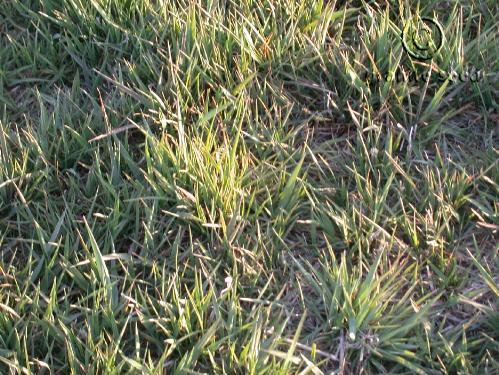

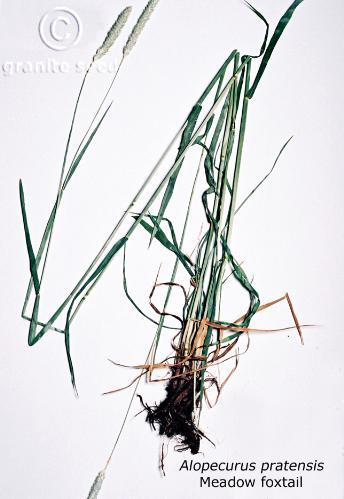

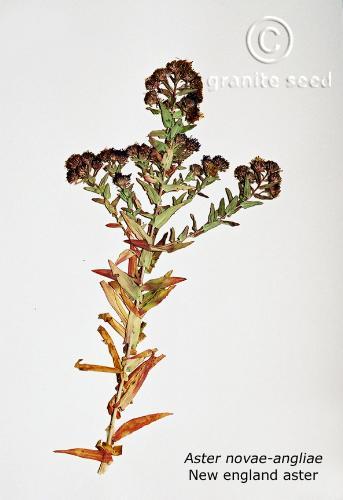

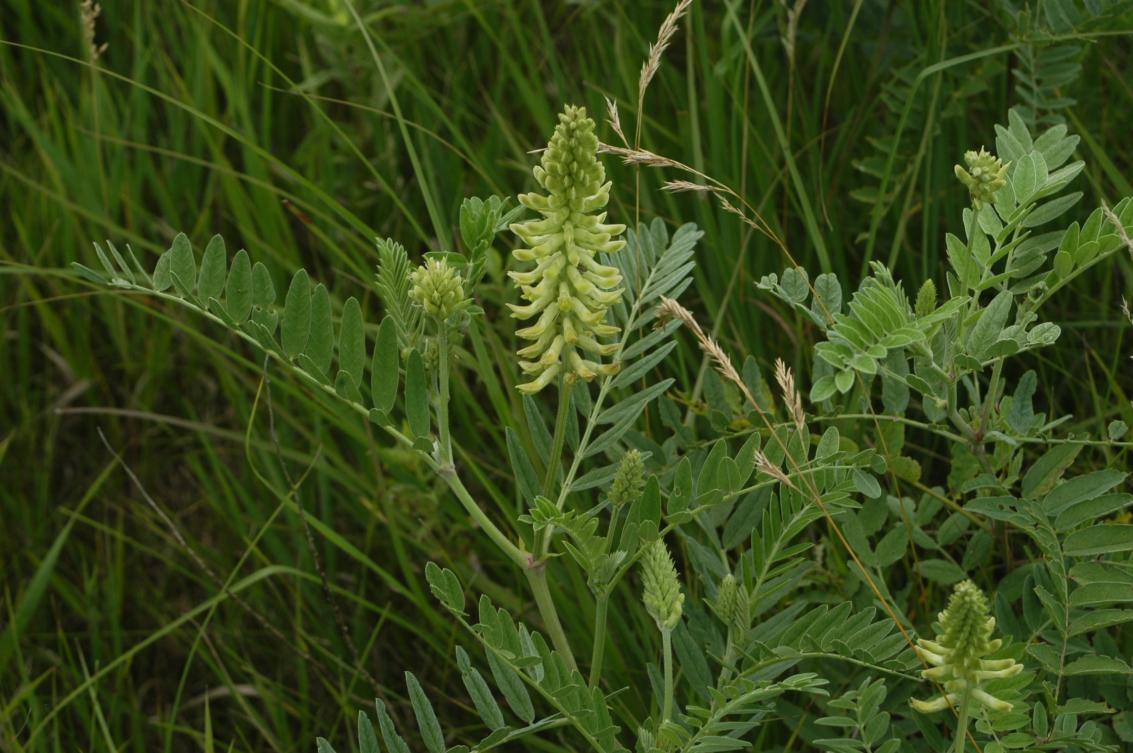





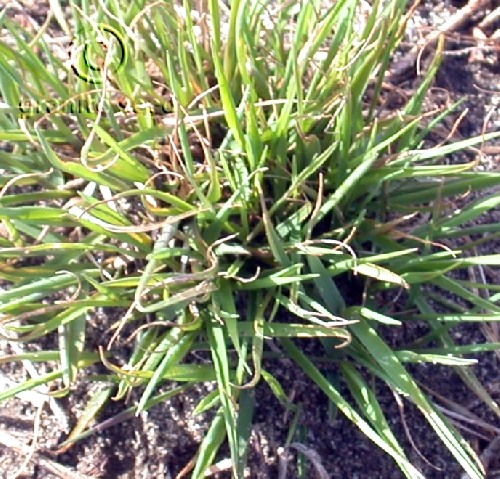





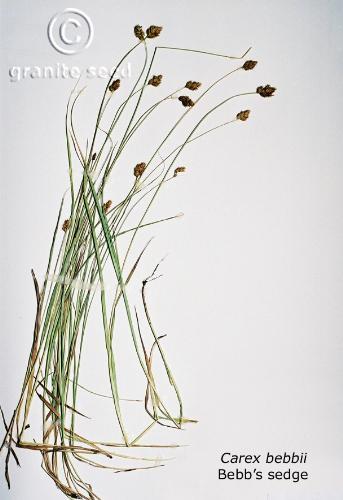



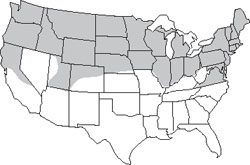

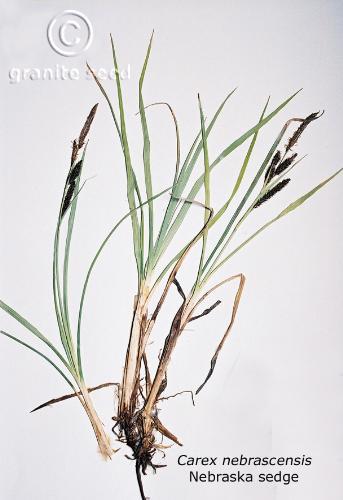

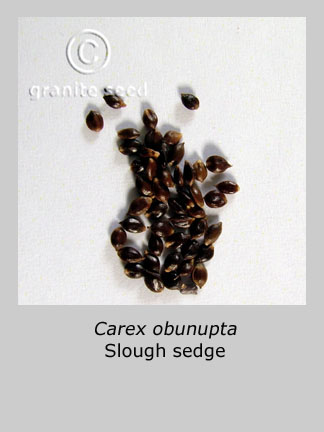

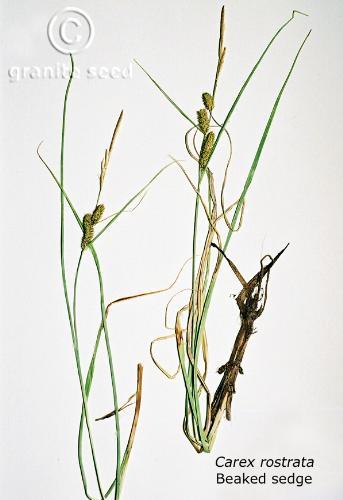







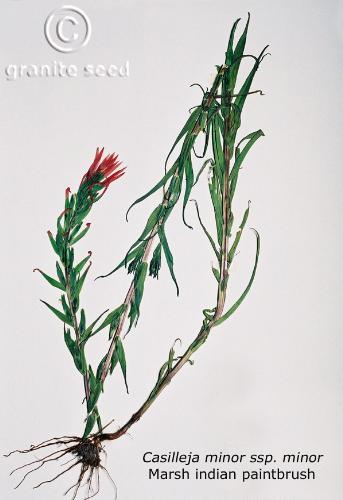

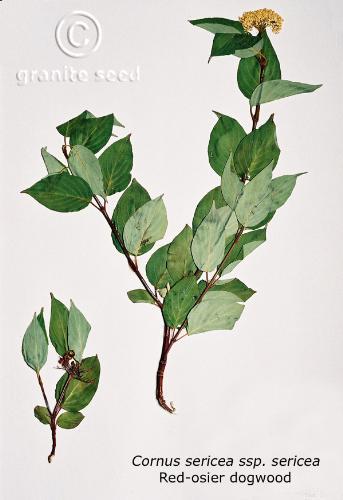

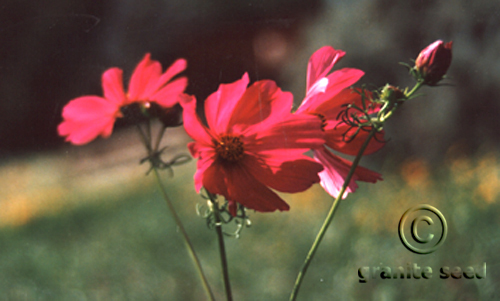

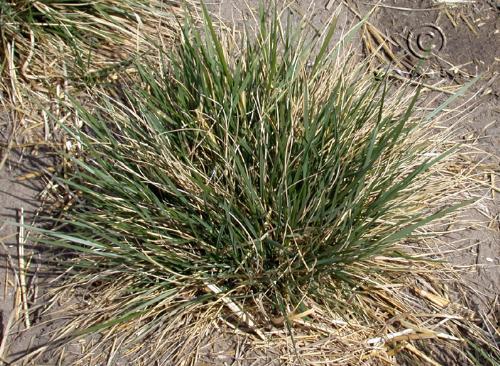

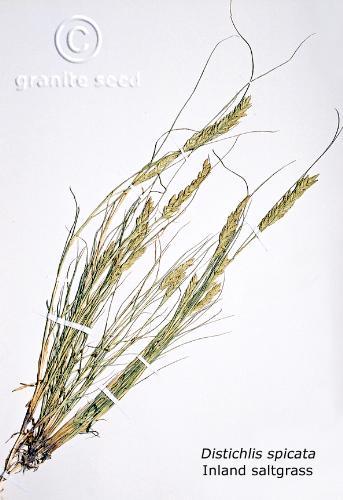

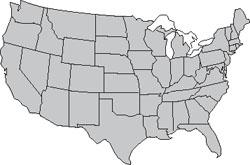

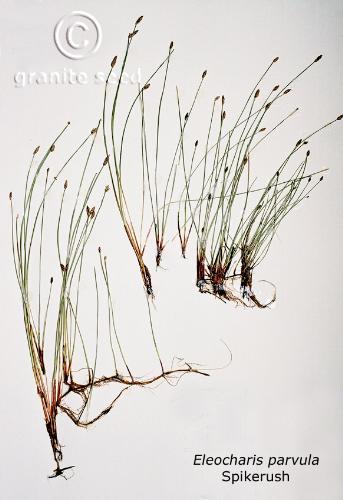



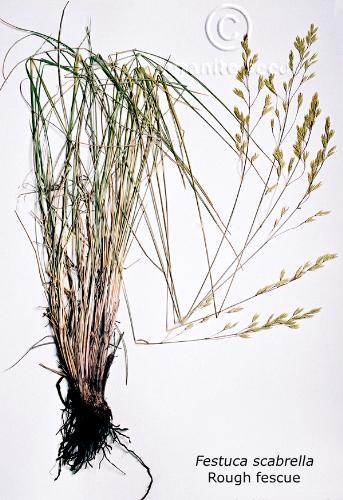

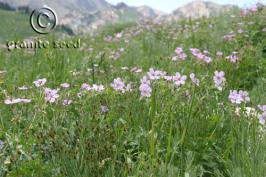

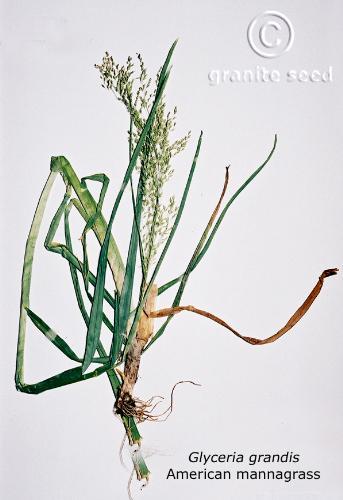

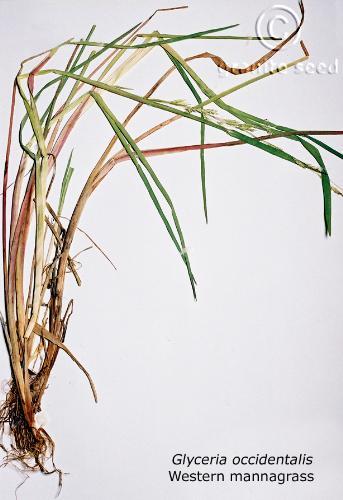

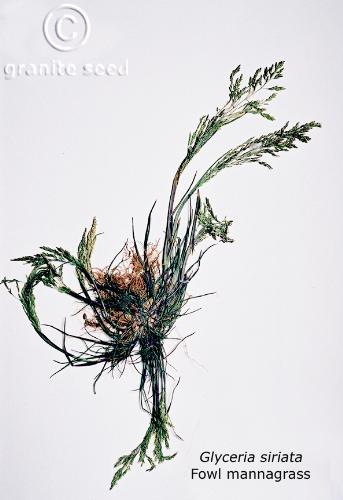

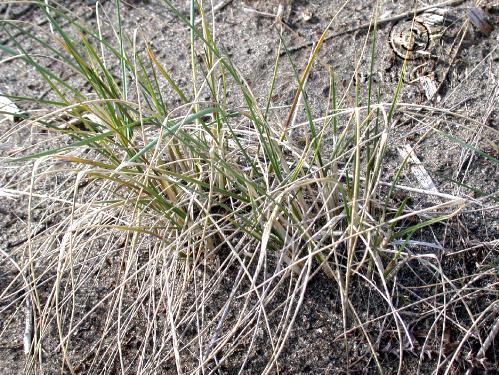

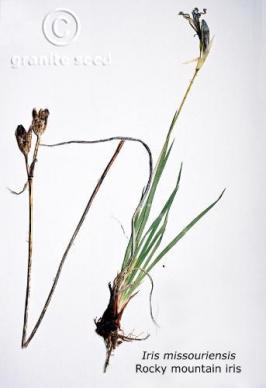

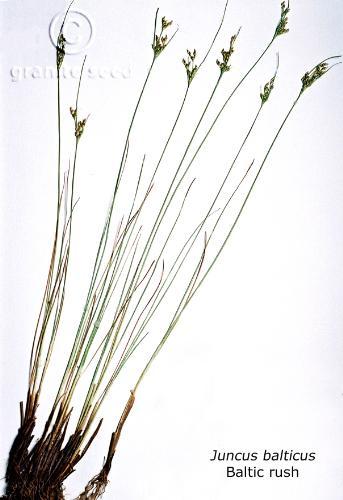

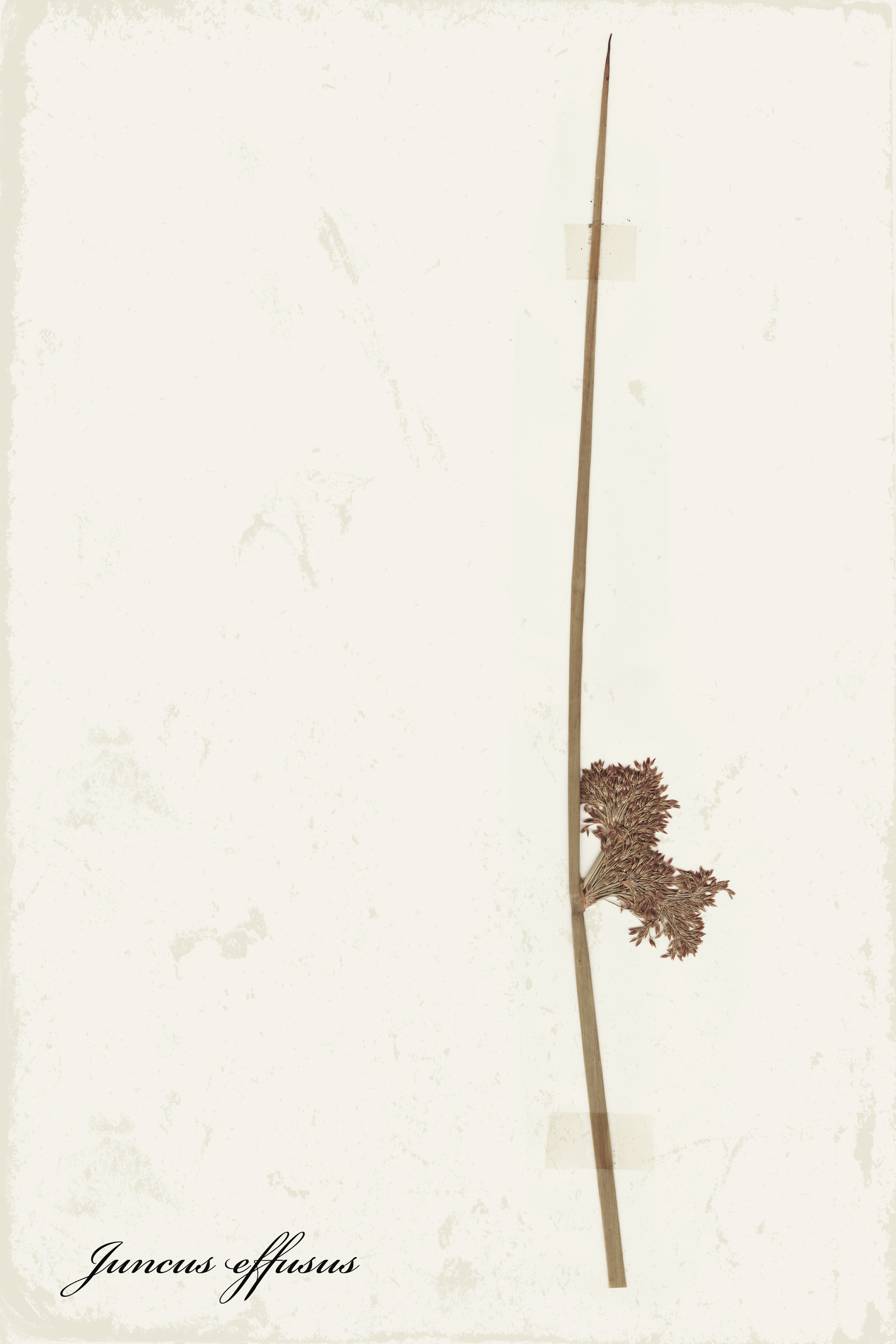



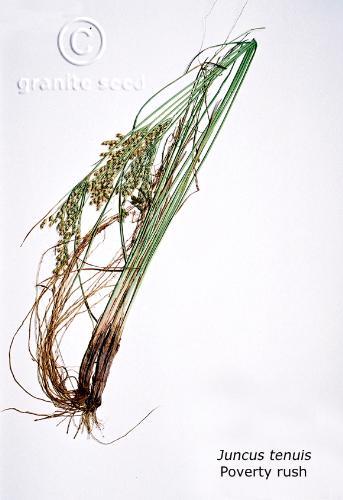

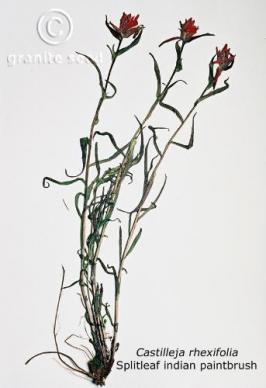

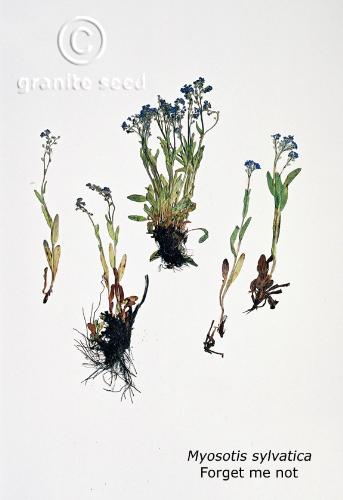

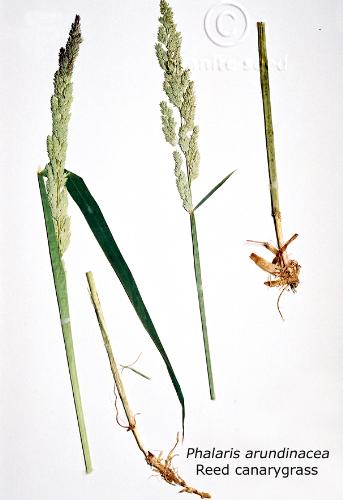

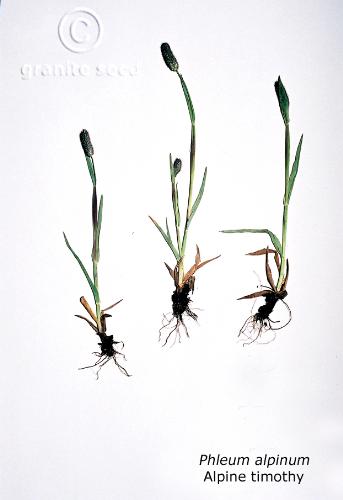

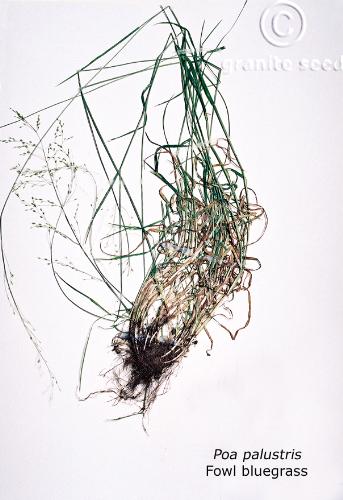



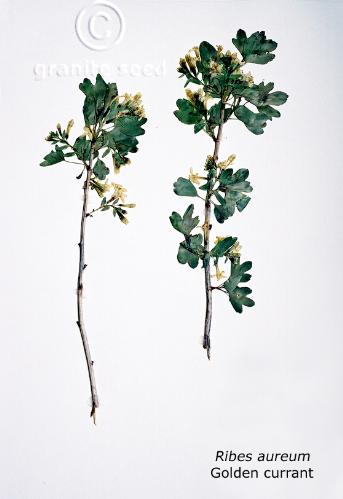

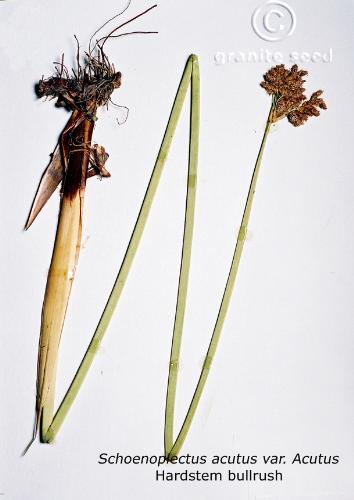

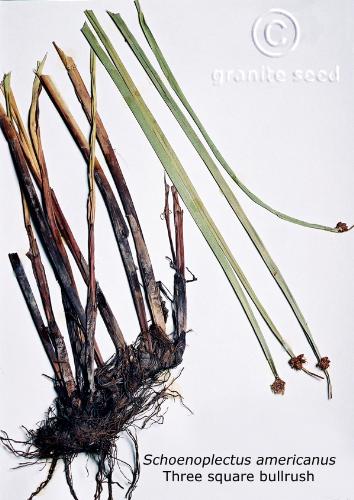





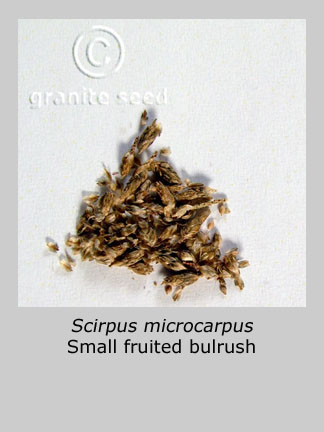









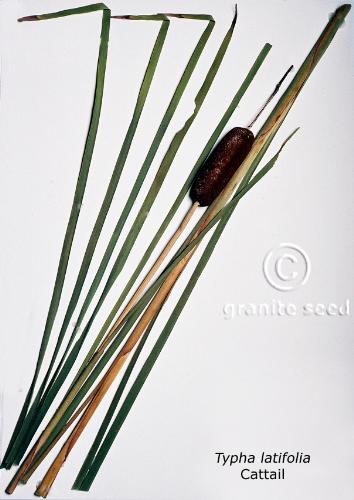

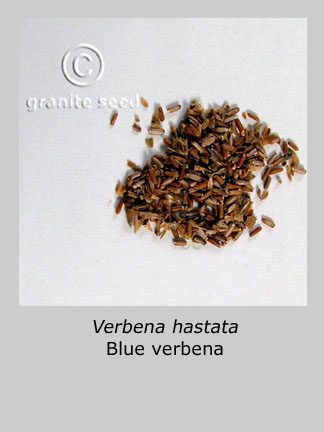

Contact us our experts are available to help with your reclamation, erosion control, turf and native seed projects.
CONTACT US